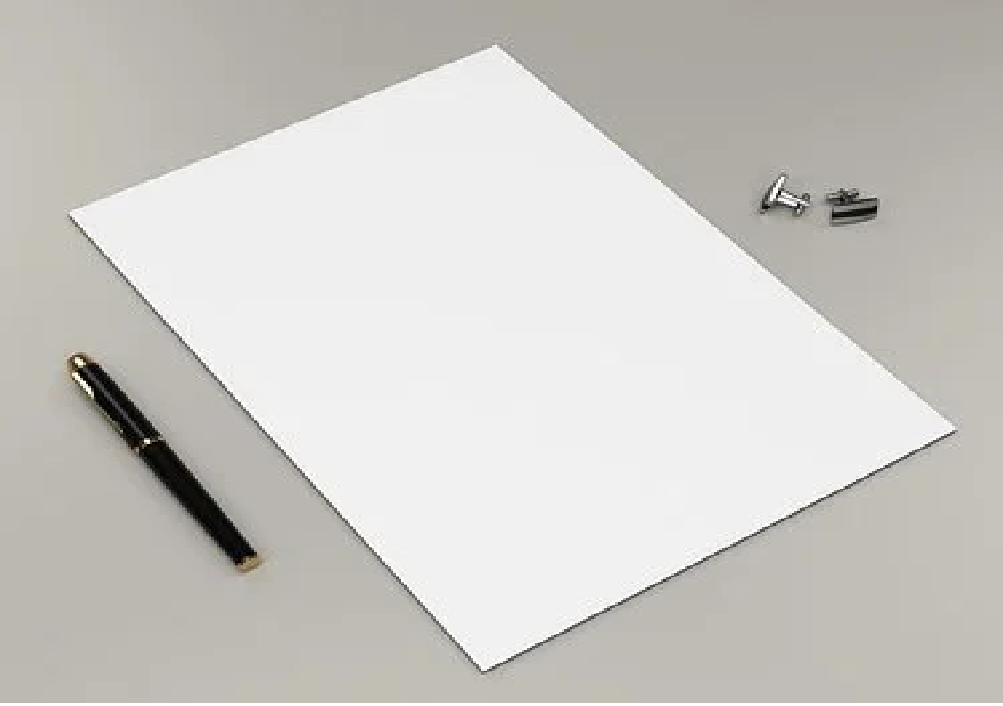SC decision to use A4 size paper will save 2,800 trees, 1 crore litre of water annually

New Delhi, December 4: The Supreme Court’s decision to use only A4 size paper for all its judicial and administrative work is likely to save 2,800 trees from felling and conserve around one crore litre of water annually, The Print has learnt.
The move is also likely to save over two crore pages, sources in the top court registry said.
Chief Justice of India (CJI) S.A. Bobde had on 14 January directed the Supreme Court registry to use A4 size sheets, printed on both sides, for internal communication at all levels. A new circular was issued on 5 March saying A4 size paper will be accepted on the judicial side from 1 April, The Print reported.
Before the new rule, petitions were prepared on ‘legal size’ papers, bigger than A4 size sheets, and printing was permitted only on one side, raising environmental concerns over large scale wastage of paper in courts.
In its bid to convert to a paperless court and also conserve the environment, the top court has taken a series of steps, both on the judicial and administrative side, including having a new software for judges to read their case files electronically.
The new rules, sources told The Print, were made at the initiative of CJI Bobde. He has often, on the judicial side, voiced concern over felling of trees for development projects.
On Wednesday, he asked the Uttar Pradesh government to assess the oxygen-releasing capacity of over 2,000 trees which the state has proposed to cut for the construction of a road falling in the Taj Trapezium Zone. Discouraging the felling, Bobde also asked the state government to consider realignment of the road to accommodate the trees.
Under the new rules that came into effect on 1 April, the margin was also reduced from two lines to one-and-half line on A4 size sheets. Also, communication through emails or in the electronic mode is being encouraged for official discussions.
According to sources, six high courts — Calcutta, Karnataka, Kerala, Sikkim, Tripura and Allahabad — have adopted these “innovative measures” in their respective jurisdictions that are expected to have “multi-fold effect” in conserving the environment.
Registry officials said around 40,000 cases are usually filed every year in the top court, with an average paperbook size of 200 pages. Given that rules require four copies of each petition to be submitted, a lawyer deposits paperbooks running into 800 pages with the court registry in connection with just one case.
The amended rules now allow a lawyer to submit only two copies of the petition at the time of initial filing. “It is our estimate that usage of A4 sheets and both sides printing will help us save 1.5 crore pages annually. Reduction in submission of two paperbooks, as against the earlier requirement of four will further save 15 lakh,” explained another source.
Some more steps are in the offing to further reduce the use of paper in the apex court.
The registry will soon dispense with the printing and distribution of hard copies of judgments and orders to various agencies. They will be made available digitally through the official website of the Supreme Court. This is expected to save 8.5 lakh pages annually, another source added.
Also, all communications made by the registry shall be sent to advocates via emails, followed by messages over the phone, in their registered mobile numbers.
Based on an assessment of average consumption of paper in the top court, between 2017 and 2019, for administrative work, an estimated 20,000 reams were annually utilised by the registry.
“As per generic estimate, one tree makes 16.67 reams of paper (8333 sheets) and around 500 ml water is required for one sheet,” the source quoted above said.
Security test of e-filing module is also in progress.
For a smooth transition to electronic filing of cases, the top court had also held workshops for lawyers and their clerks. Supreme Court officials also told The Print that e-filing of cases could be made compulsory from next year, once the court re-opens after winter vacations.
Sign up for our weekly newsletter to stay up to date on our product, events featured blog, special offer and all of the exciting things that take place here at Legitquest.




Add a Comment